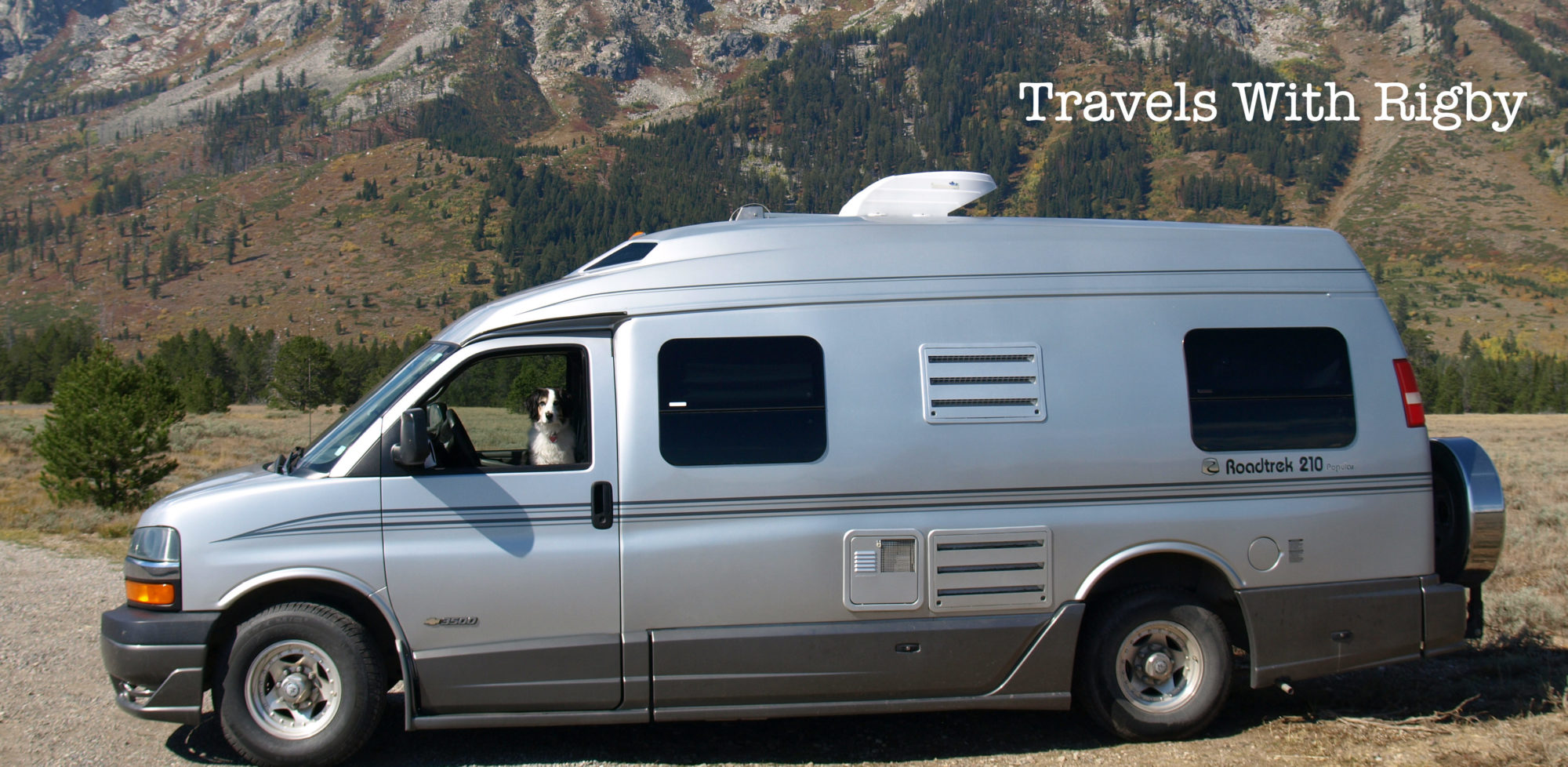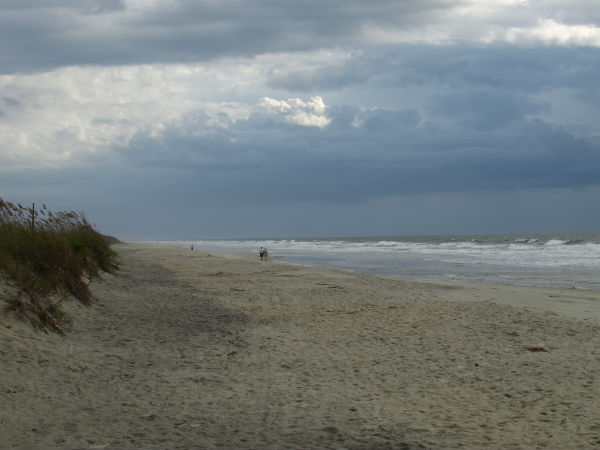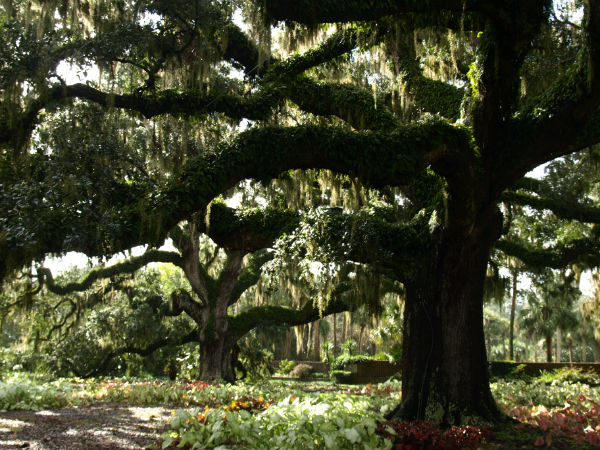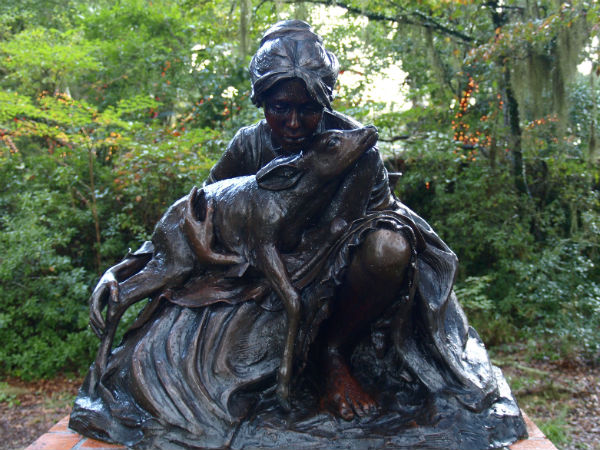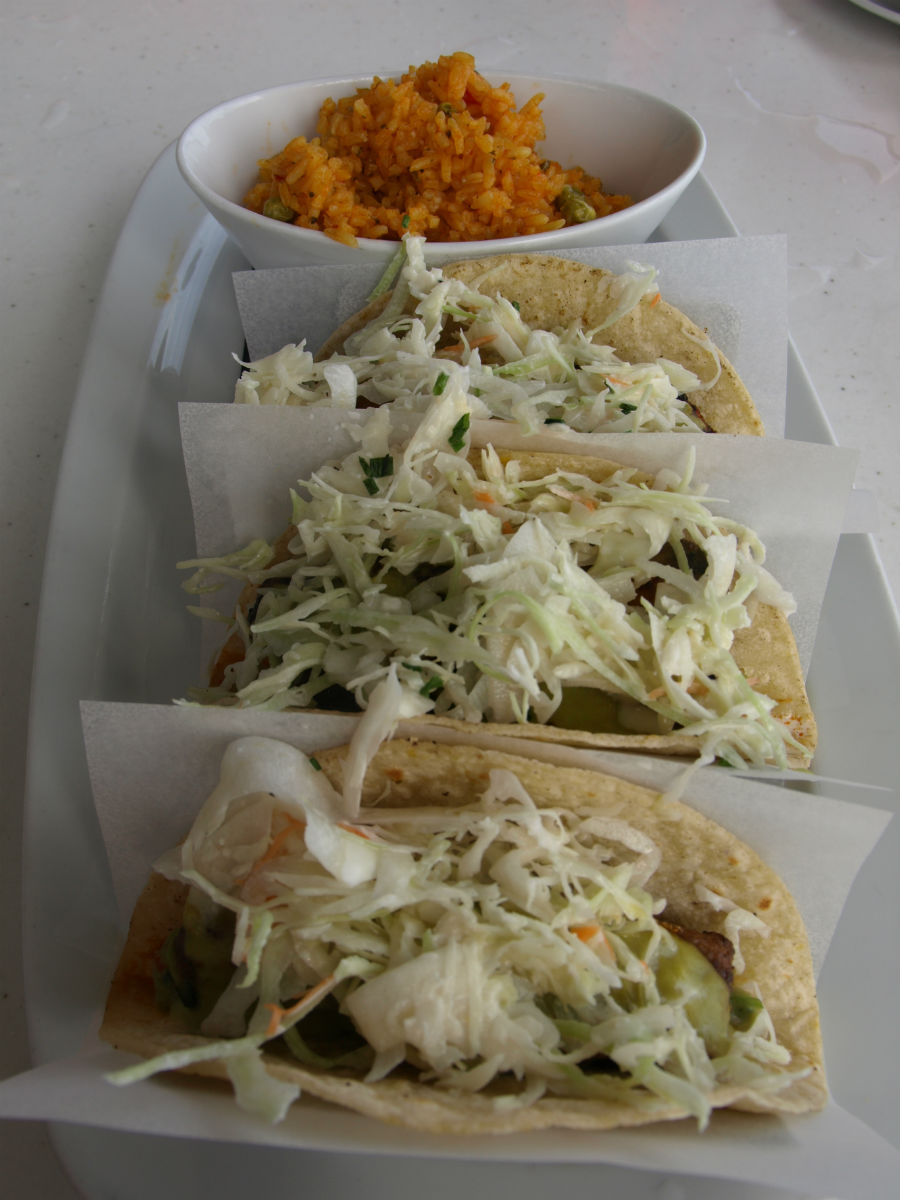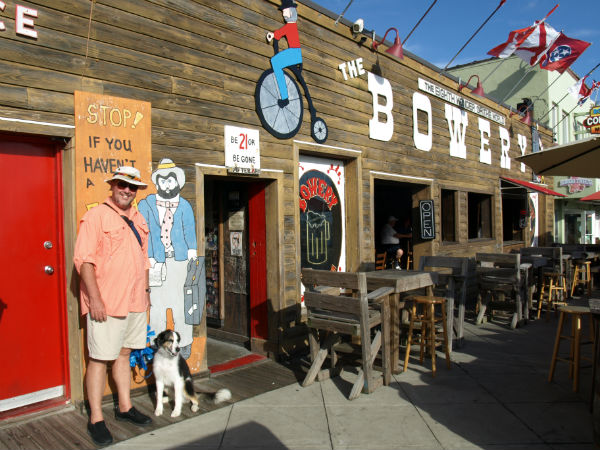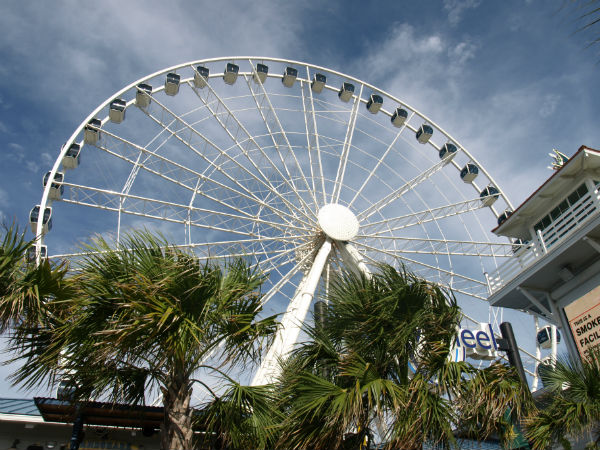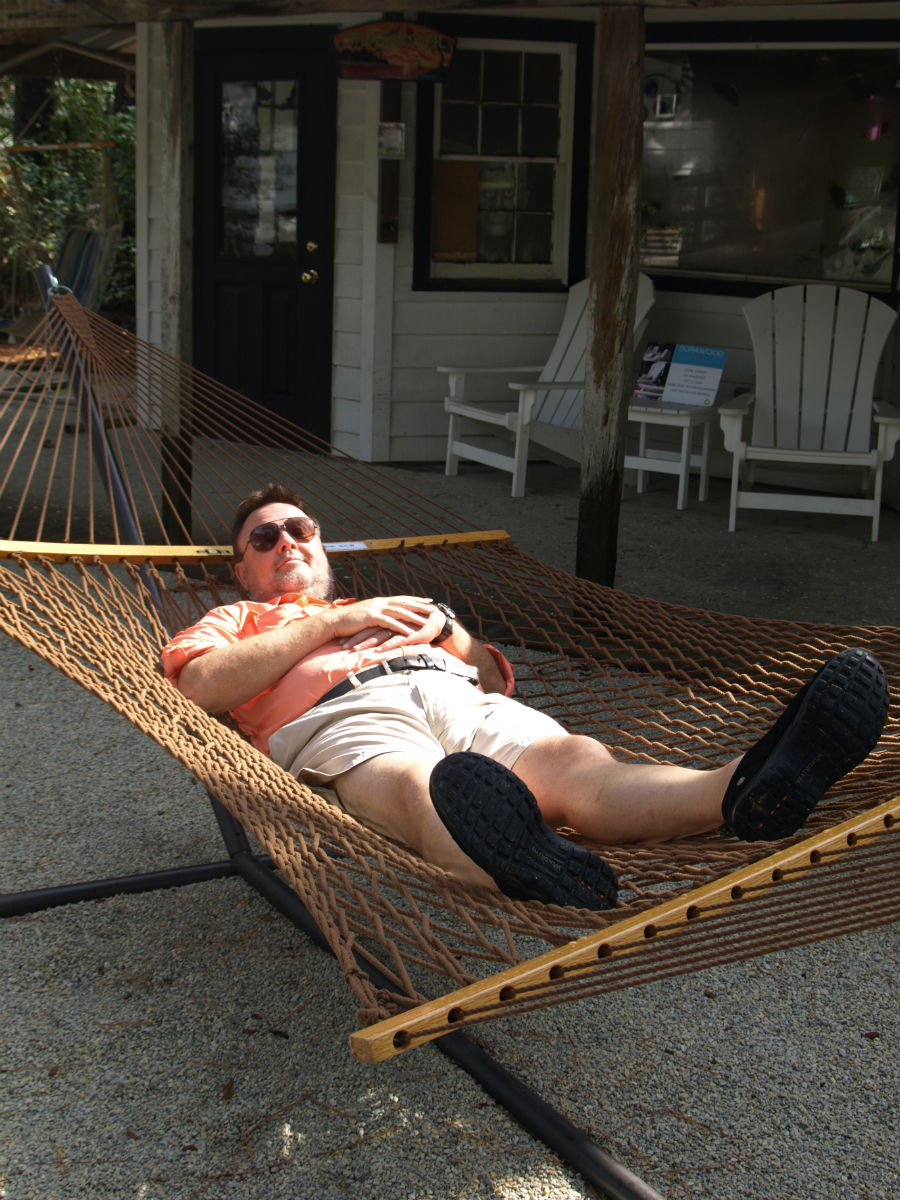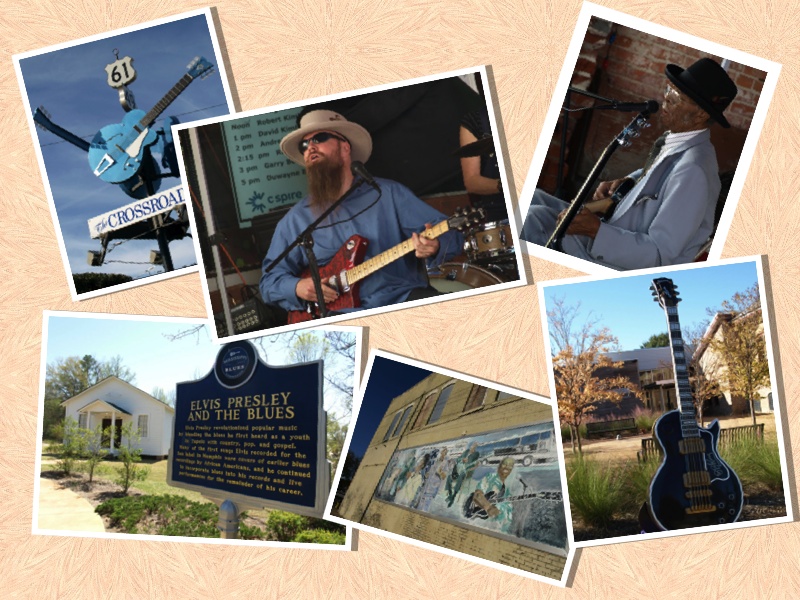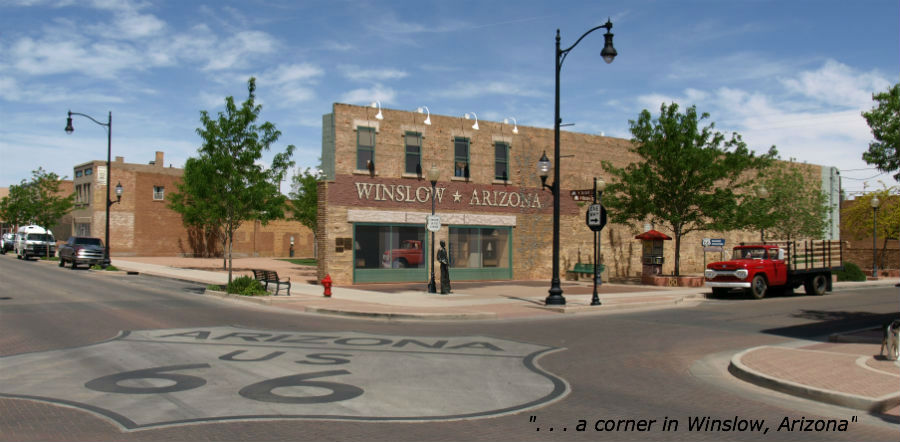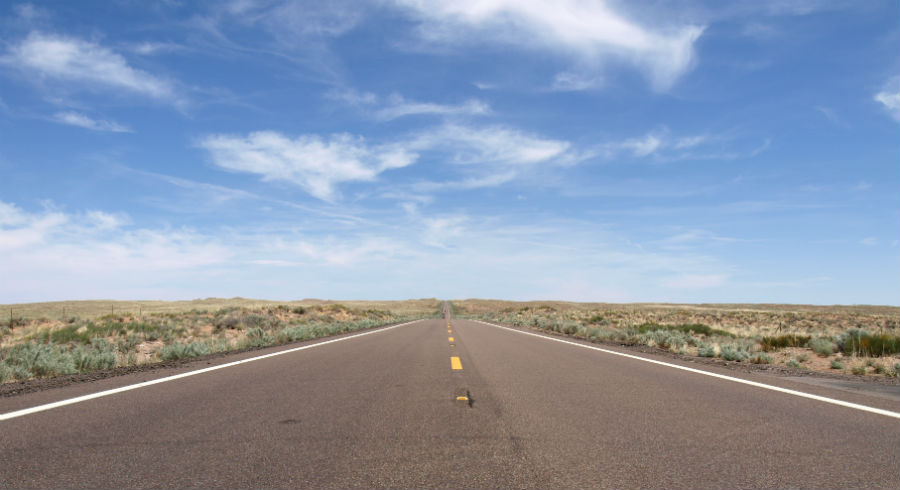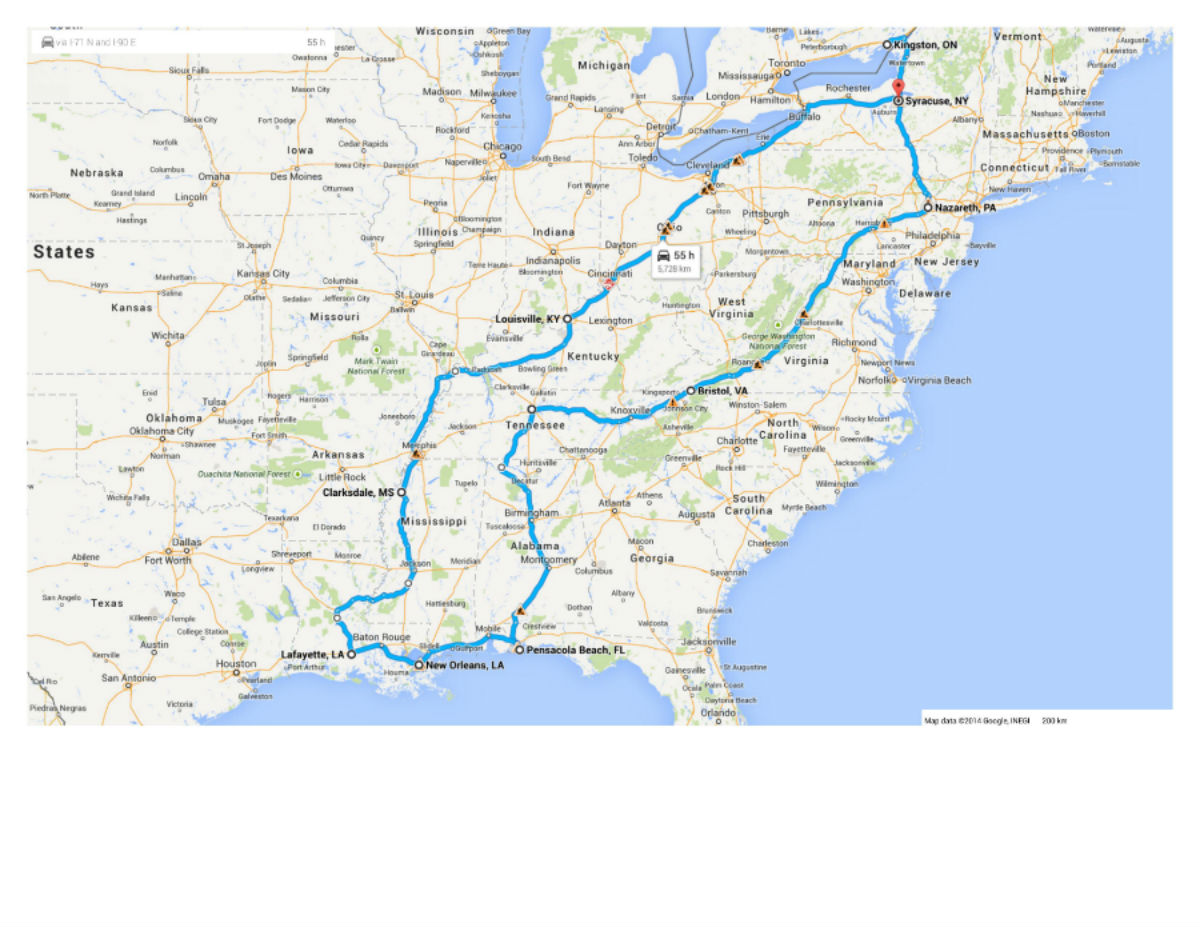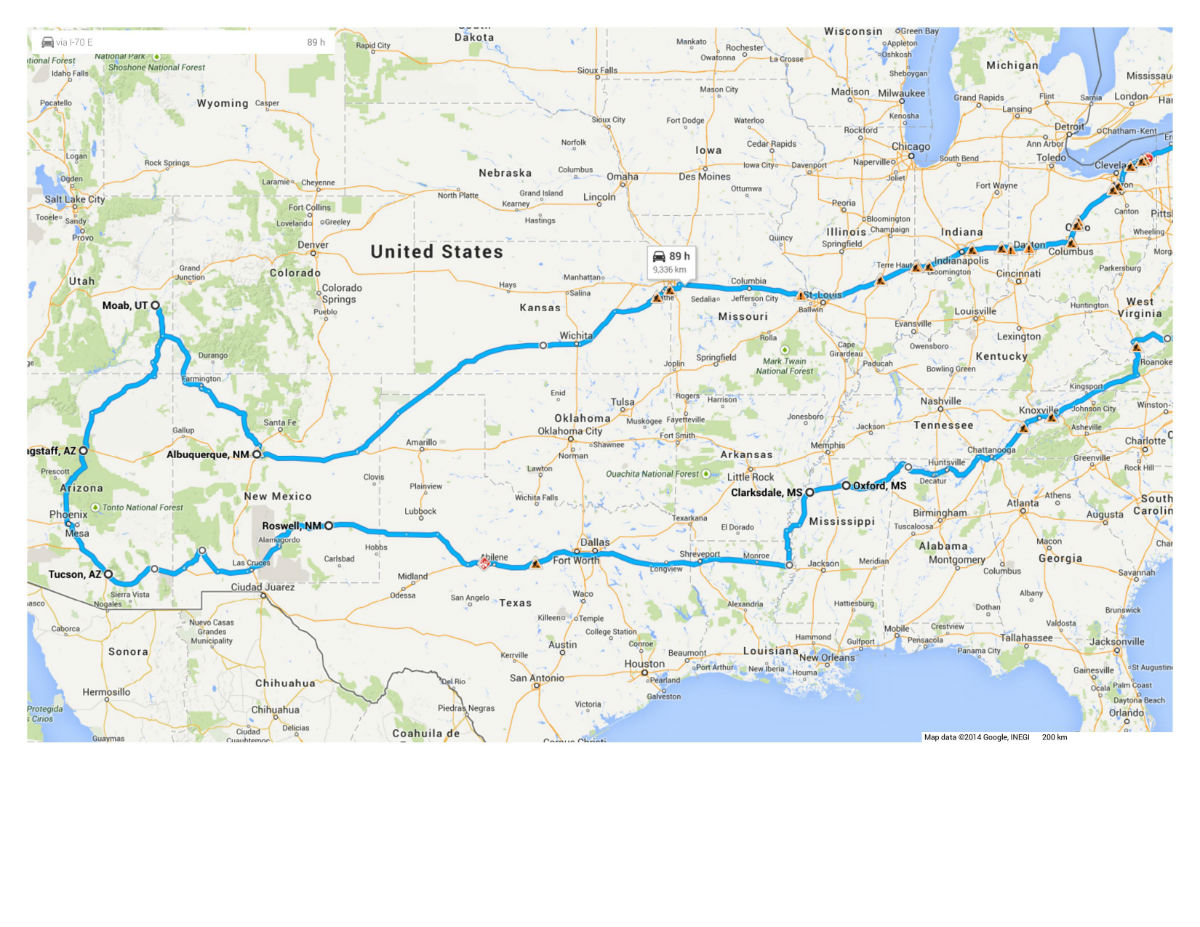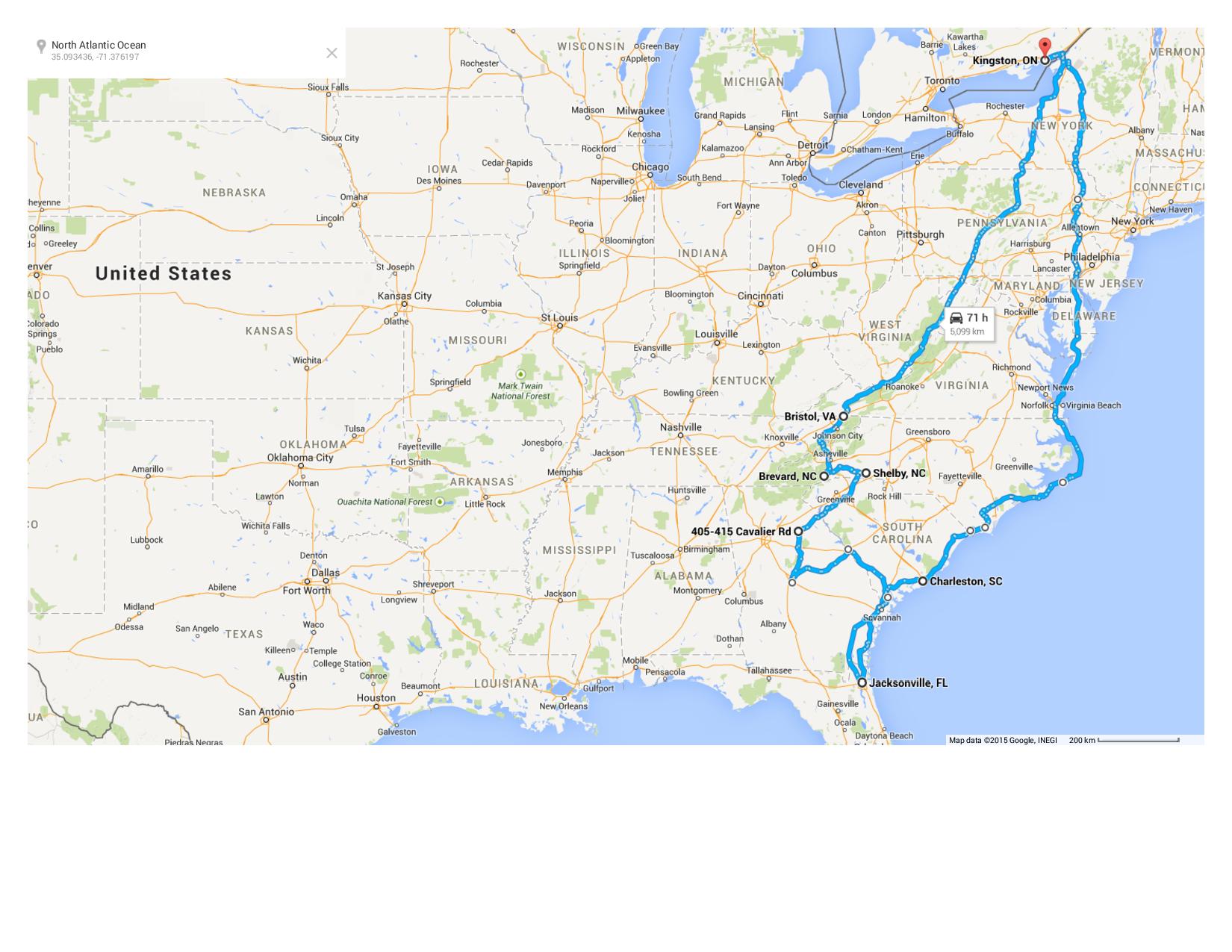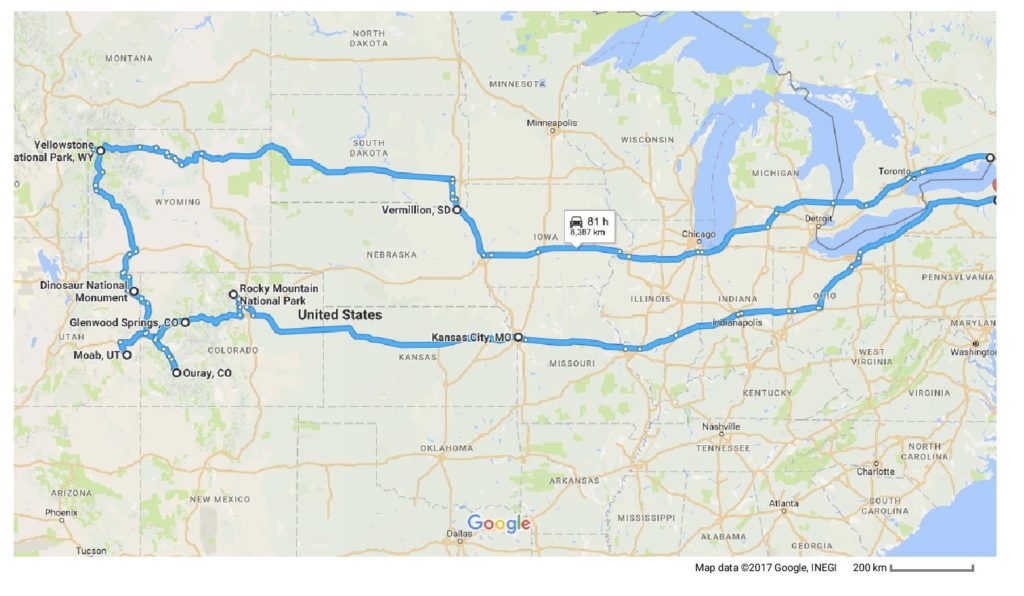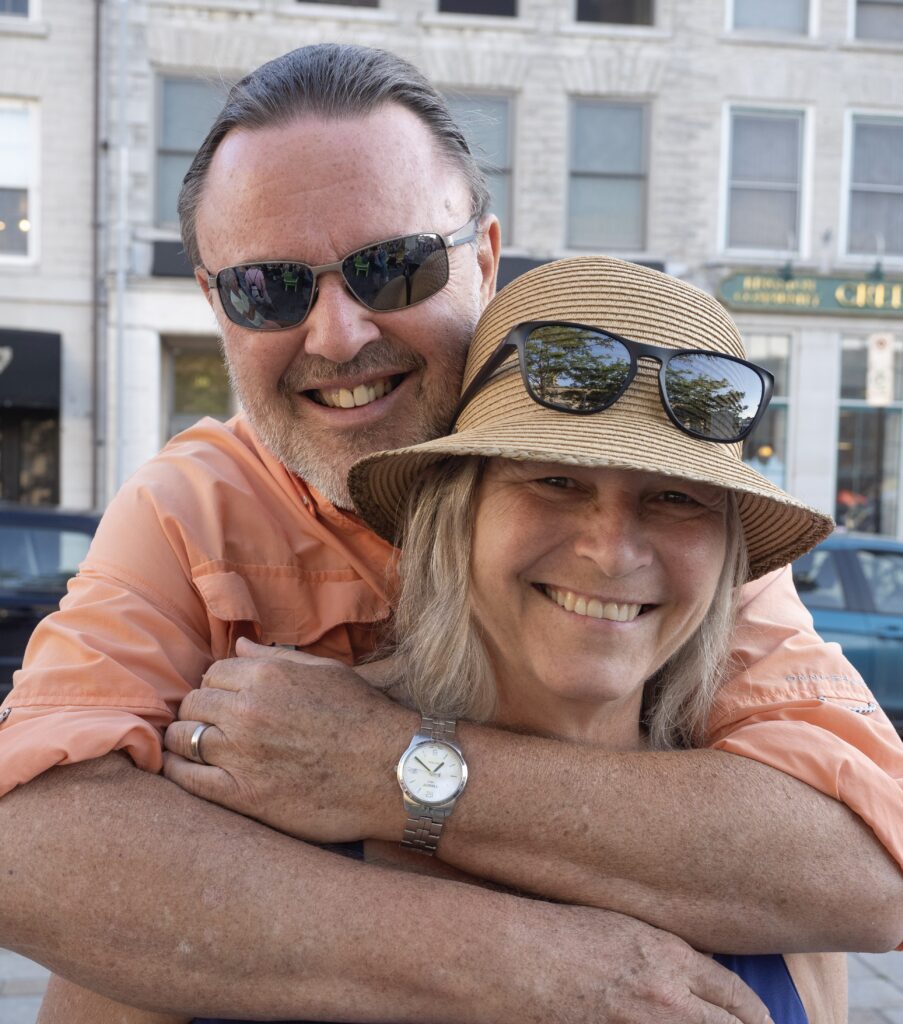Could there be more of a contrast between the sleepy and secluded villages of Down East and the hustle of Myrtle Beach? While the t-shirt shops and entertainment-style attractions lining Ocean Blvd. (think: Ripley’s and wax museums) are not really our style, we were able to find lots of low key and authentic experiences in the Myrtle Beach area.
We set up camp at the excellent Huntington Beach State Park, just south of the city – an amazing mix of maritime forest, marshlands and pristine beachfront.
Almost immediately across the road is an area highlight, Brookgreen Gardens, a quiet escape from the busyness of Myrtle Beach’s Grand Strand. We took a long meditative stroll through the manicured grounds that tastefully blend art and formal gardens with a wild nature preserve across 9,100-acres of lowcountry South Carolina.
Railroad magnate Archer Milton Huntington and his wife Anna, a talented sculptor, built the gardens at Brookgreen in 1932 on land that was once a massive rice plantation. The grounds marry ponds and Southern gardens with hundreds of pieces of sculpture by some of America’s most celebrated artists.
Between Brookgreen and Myrtle Beach is the small seaside hamlet of Murrells Inlet, famous for its fishing docks and fresh seafood. We lunched dockside at The Wicked Tuna which boasts a one-of-a-kind fresh seafood experience – if by fresh you mean that the fish comes right off the boat, and is handed directly into coolers in the restaurant’s ground floor.
Chef Dylan Foster knows he’s got a good thing going. “Benefit is, we control the quality of the fish right from the ocean to the restaurant. It can be fished in the morning and on the plate for lunch. It’s ocean to table.”
We had the day’s local catch: delish blackened mahi mahi tacos served with guacamole, tomatillo salsa and topped with a crispy house slaw.
In town, a stone’s throw from the ocean-hugging Boardwalk, we sat down with Victor Shamah, owner of a Myrtle Beach music institution, The Bowery. Trademarked as “the eighth wonder of the world” it’s surely one of the last authentic honky-tonks in the lower 48.
“The Bowery is an old fashioned draft beer joint,” explained Vic, the owner for the last 34 years. “We sell just live music and draft beer. Alabama was our house band from 1973 to 1980 – they started here. They added country rock with a little more of a beat to it.”
It’s not uncommon for visitors like singer Mark Chestnut to walk out of the audience to join today’s house band for a song or two. And the boys from Alabama stop by on a regular basis. The Bowery is that kind of place. The music fires up around 8:30 pm and goes steadily until 1:30 am or later – no breaks. And the band plays everything requested by the audience, which means that in a very short period of time a band has learned – on the bandstand – a huge repertoire of music if they want to keep their gig. Regulars have been walking through the front doors for 30 or more years. It’s a one-of-a-kind honky-tonk where you come if you love live music and its particular blend of atmosphere and tap beer.
Just down the main street, the massive SkyWheel revolves to heights 187 feet above the Boardwalk, with views well up and down the Atlantic coastline. It was well worth the ride because things always make more sense when seen from above. For those with acrophobia, there’s a panic button installed in the ceiling of each separate compartment.
Finally, we topped off the day with an evening in the cushy seats at the Alabama Theatre for an evening of live, top-shelf music and comedy. We enjoyed their current show, One, which featured a selection of number one country, Motown, Broadway and R&B hits from the 20th century. The musicianship was excellent, featuring players who have toured with the biggest names in popular music, the singing and dancing were first rate and the comedy had the whole auditorium laughing at themselves and each other.
The next day, on the way out of town and headed down Highway 17 toward Charleston, we took a break at Pawleys Island Hammock Shops – a cluster of 22 household and gift stores best known for the original manufacturing site of the famous Pawleys Island hammock.
Had to take a break to check out the merchandise.
